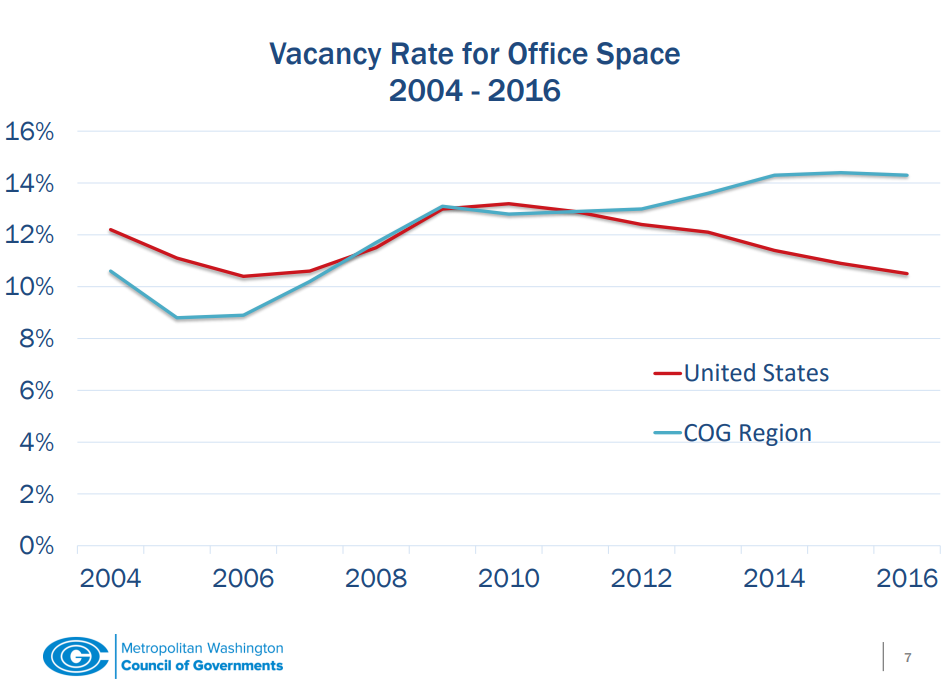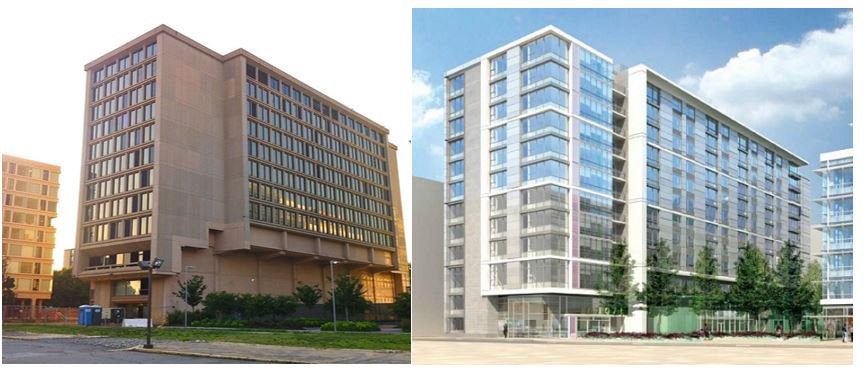The metropolitan Washington region is growing, but its housing inventory is not keeping up. The Metropolitan Washington Council of Governments (COG) Region Forward Coalition, made up of members from public, private, and nonprofit sectors, addressed this issue at its last meeting.
The region is expected to add up to 1.5 million people and 650,000 households by 2045, according to COG’s latest Cooperative Forecasts. This growth will generate a demand for more housing.
However, the Washington, D.C. area is one of the top ten most expensive cities to live in the United States. Housing-related expenses including rents and mortgages are among the most burdensome at more than double the national average.
In particular, low-income residents face challenges when it comes to finding affordable housing in the region. Nearly half of all renters and one-third of all homeowners struggled with high housing costs, according to the COG and Urban Institute Housing Security in the Washington Region Study. Further, the study found that no jurisdiction in the region had enough affordable rental units to meet the demand by extremely low-income households.
Meanwhile, the region is experiencing high office vacancy rates compared to both current national trends and historical regional trends. Since 2006, the office vacancy rate in the region has increased from 8.9 percent to over 14 percent in 2016, according to the COG Commercial Construction Report.

“The need for office space is shrinking,” said COG Regional Planner John Kent. “More employers offer teleworking and are using space more efficiently, which may contribute to the high vacancy rates.”
If the region wants to continue to attract businesses and talent and fill office vacancies, then it needs to change the way it thinks about development and land use, said Revathi Greenwood, Cushman and Wakefield Head of Research, during her presentation to the Region Forward Coalition. Buildings that offer amenities and transportation options and locate close to Metro stations are more attractive to tenants, she said.
But this change can’t happen overnight. “The region needs an integrated approach to real estate and economic development,” Greenwood said. “Competition between the jurisdictions is detrimental to the region as a whole.”
In addition to trying to fill office space, one approach that more landlords are experimenting with is converting empty office buildings to residential space. For example, the old EPA Headquarters in D.C. was converted to Sky House East and West, including 530 residential units with 106 being affordable units.

Before: EPA Headquarters After: Sky House East and West (Inhabitat.com)
D.C. hopes to promote more office conversions to affordable housing by incentivizing developers. The D.C. government established the Affordable Housing Task Force in 2017 to determine what would be required of the D.C. government and office building owners to accelerate the conversion process.
“We need more public-private partnerships,” said D.C. Councilmember Robert White, during his presentation at the Region Forward Coalition meeting. For example, he highlighted that the District’s Affordable Housing Task Force brings together construction experts, building owners, housing advocates, and government officials to help address the city’s affordable housing crisis.
Recently, D.C. Councilmember Jack Evans proposed legislation that would provide tax abatements to office building owners who convert to residential spaces in D.C.'s Downtown and Golden Triangle business improvement districts, which have high concentrations of office buildings. D.C. is piloting this process, and the region can benefit from any lessons we learn, said White.
The region may begin to see more conversions of offices to residences. By converting empty offices into residences with affordable housing units, the region can tackle two issues at once.
MORE: Information from the meeting, including agenda and presentations.